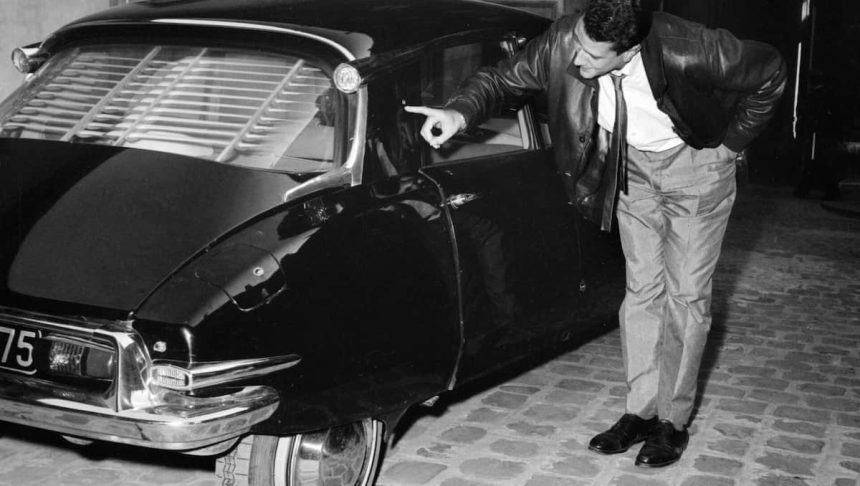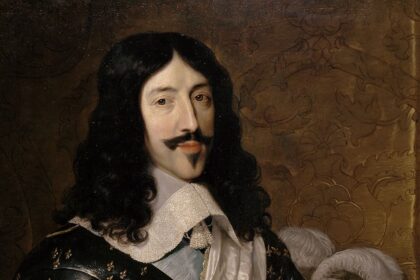1962 Assassination Attempt on Charles de Gaulle
On August 22, 1962, in Clamart, the OAS, which wanted to maintain a French Algeria, attempted to assassinate General de Gaulle, then President of the Republic. His car was targeted while he was in it with his wife.






